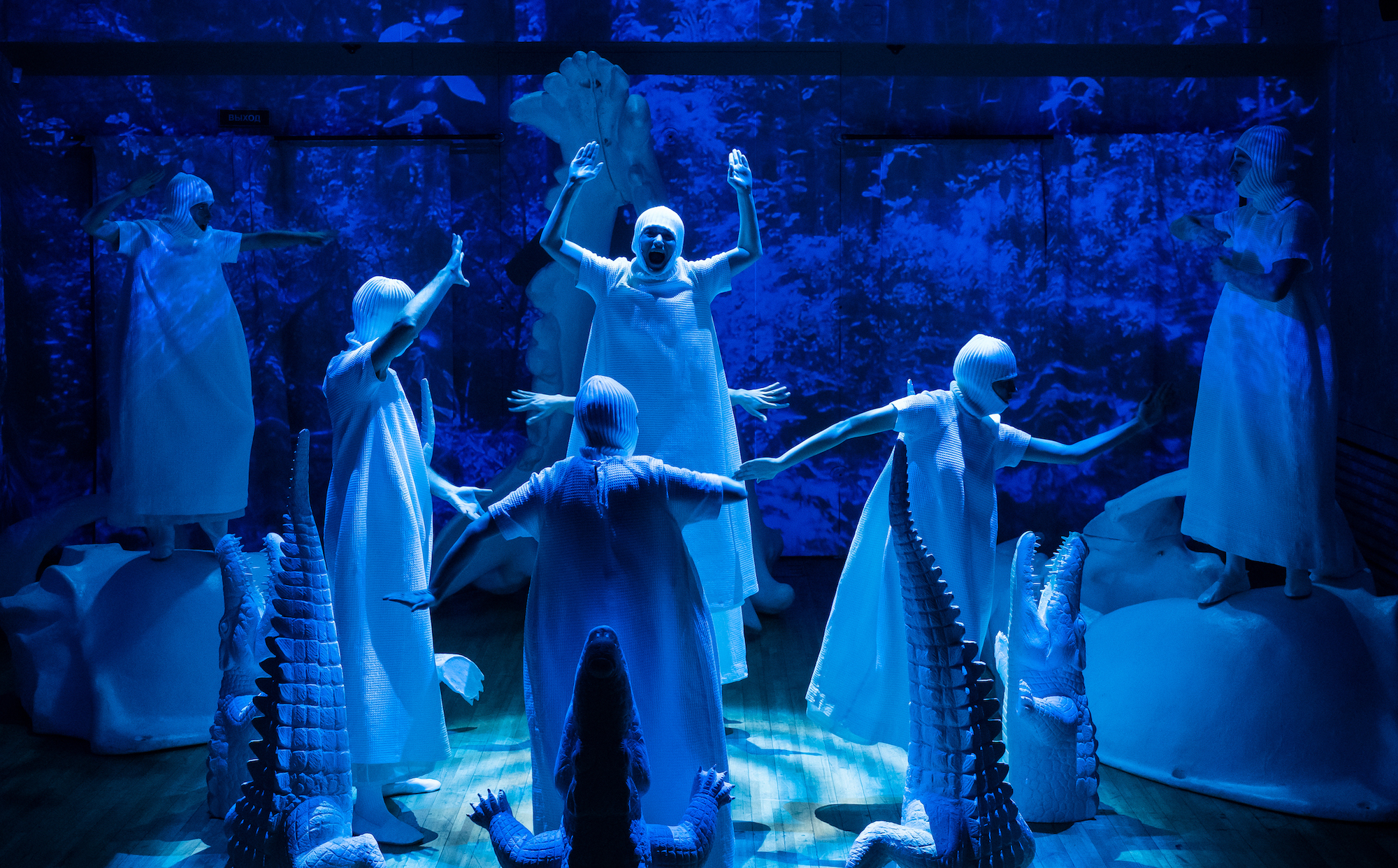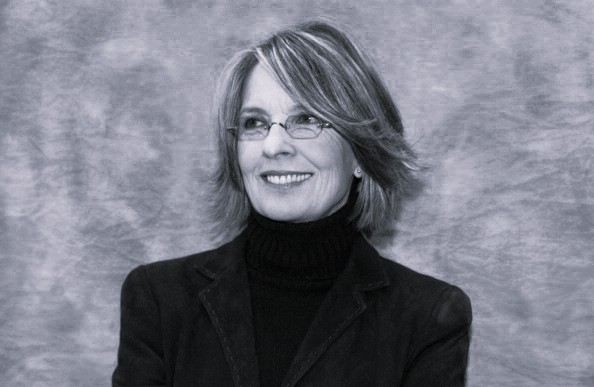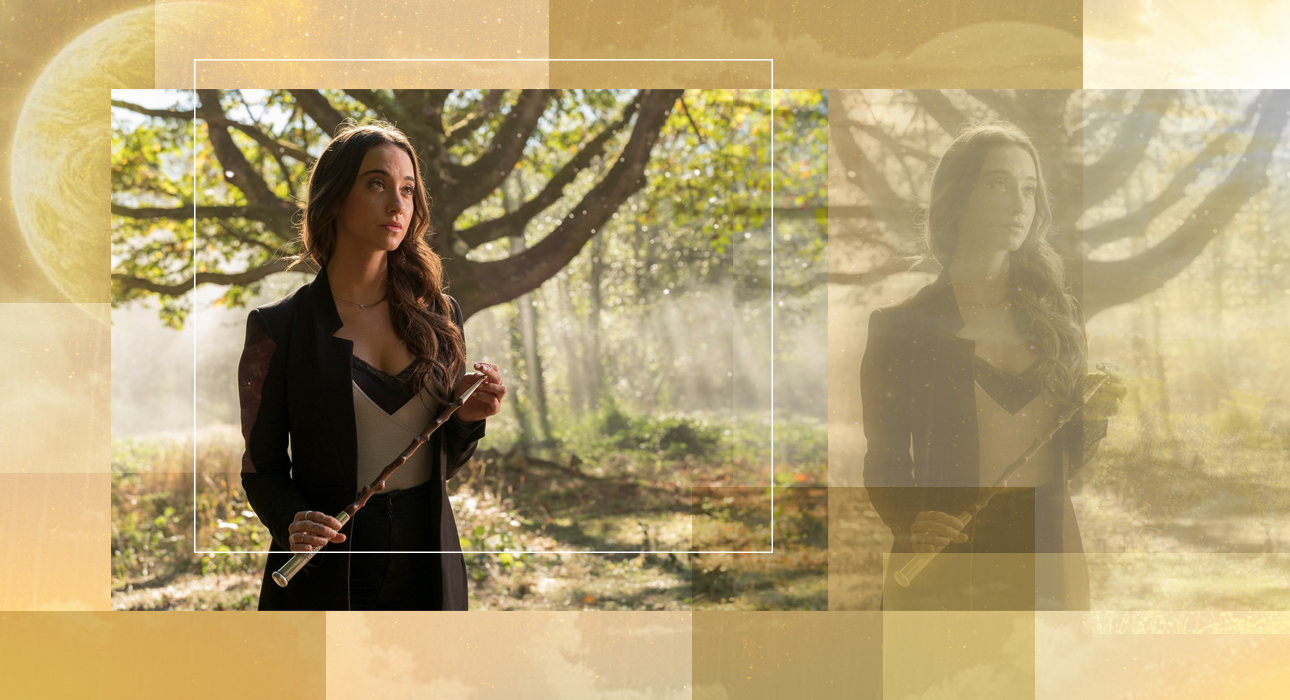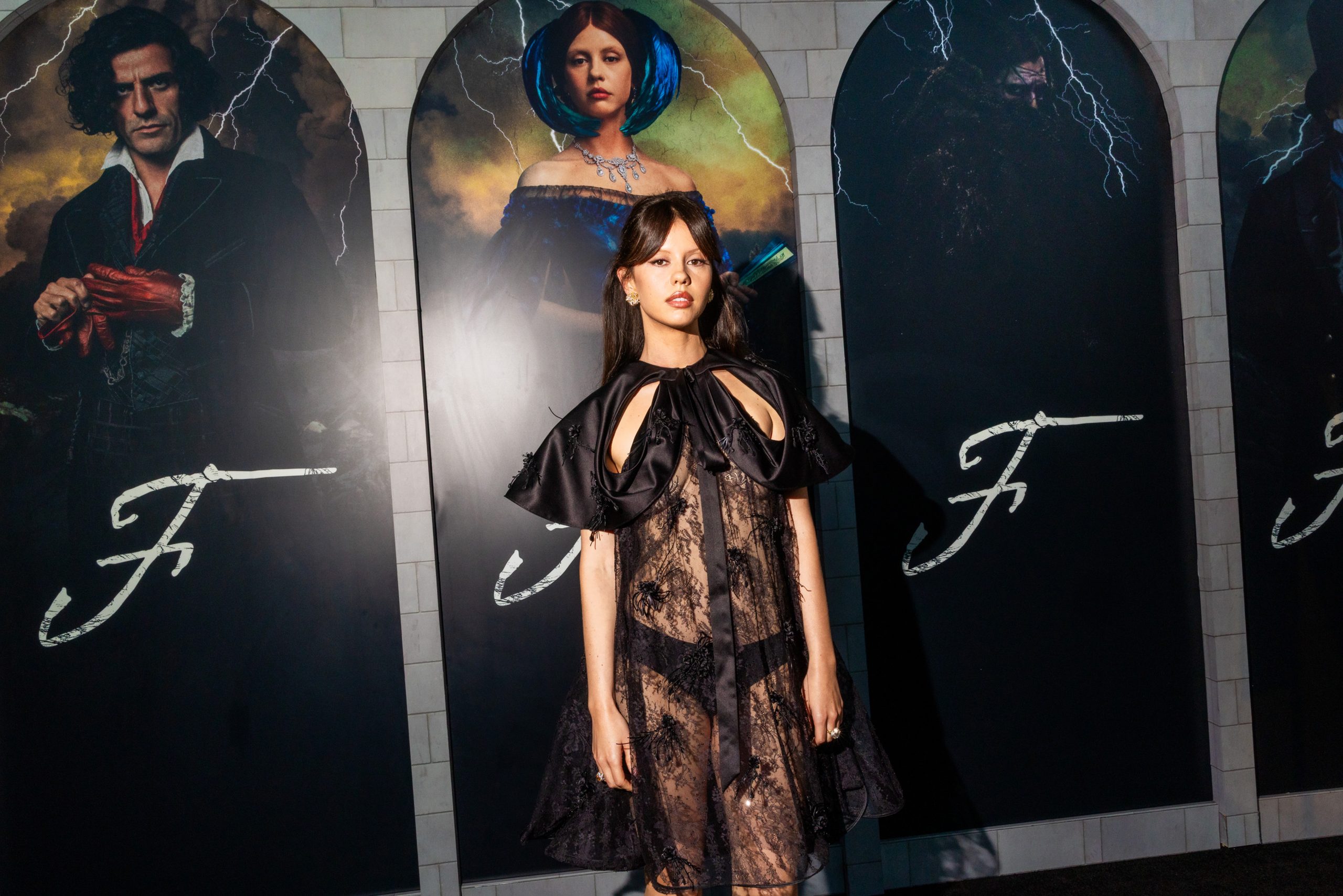From September 19 to October 15, the Stanislavsky Electrotheater will host screenings of the WORLD OF ROME project.
ROMAN WORLD is a composition by Boris Yukhananov, which is the first phase of the new process project of the Elektrotheatre “Shakespeare”, which includes 47 compositions exhibited over 21 evenings. The preparation of WORLD OF ROME took 3 years and more than 100 people in total took part in the project.
All parts are fantastically intertwined with scenes from Shakespeare’s “Roman cycle” (the plays “Julius Caesar”, “Antony and Cleopatra”, “Titus Andronicus” and “Coriolanus”).
The screenings will be held as part of the International Theater Festival. AP Chekhov.
Creative sessions and preparatory work
Work on the project started while I was still studying at MIR-6 Individual Guidance Workshop. At the first stage, students independently prepared sketches and showed them to their master Boris Yukhananov and discussed each of them together. The second stage took place in the format of screenings with an audience.

Yulya Mashukova, director of MIR-6: “We have been very productive, as a result we have a real collection of works. After that, the project center was created and together with Boris Yuryevich he went to a creative session, looked at the work and decided which composition we would insert into which section. Artist Ivan Kochkarev sat with us in creative sessions there. A small scenario model was ready, featuring the Capitoline wolf, the main symbol of the whole project.”
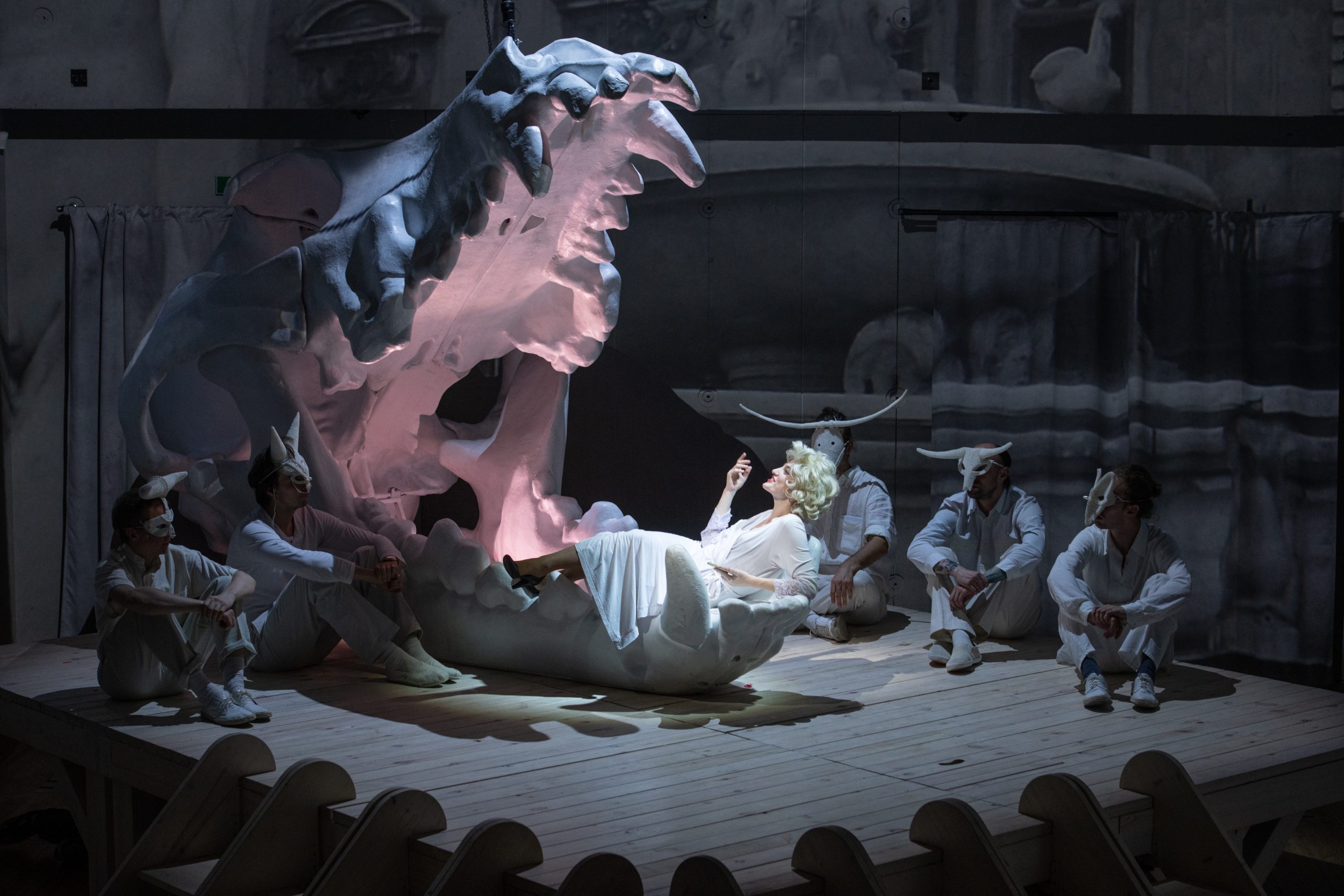
A large-scale project required equally large-scale production. Therefore, after the 21-day creative session, the participants shared the tasks among themselves: each department was responsible for costumes, creating music for the project, scheduling actors and theater technical services, etc. They had separate curators in charge.
Costume and accessories
Solid youths and a golden centaur
A large team was involved in creating the costumes: under the supervision of the main artist of the Electrotheater, Anastasia Nefedova, six students participated in the development of the costumes: Danya Pyatenkova, Arina Zakharova, Masha Titova, Liya Parshina, Olya Suslova and Anya Aslanyan.
Since more than 100 characters were involved in the project, which lasted over 21 nights, costume production needed an appropriate scale. For example, a line of strict young men, linear characters from many pieces (Road. Evening 1), whose costumes refer to the film directed by Abram Room in 1935, in which the images of young heroes are based on the features of the ideal. people. Therefore, the “solid young men” of the WORLD OF ROME project are a faceless crowd dressed in white, neat, “correct” clothes. Despite the simplicity of the costumes, a large number (about 30 pieces) were required, so outside experts were involved to assist the project with sewing.
In the project, the series of Electrotheater performances is continued by using costumes from the selection as well as custom-made costumes. Some of them have already participated in the opera “The Drillers” (5-part opera series by Boris Yukhananov) and oriental costumes appeared from the play “The Blue Bird”. Requiem” can be seen at Electrotheater in December.
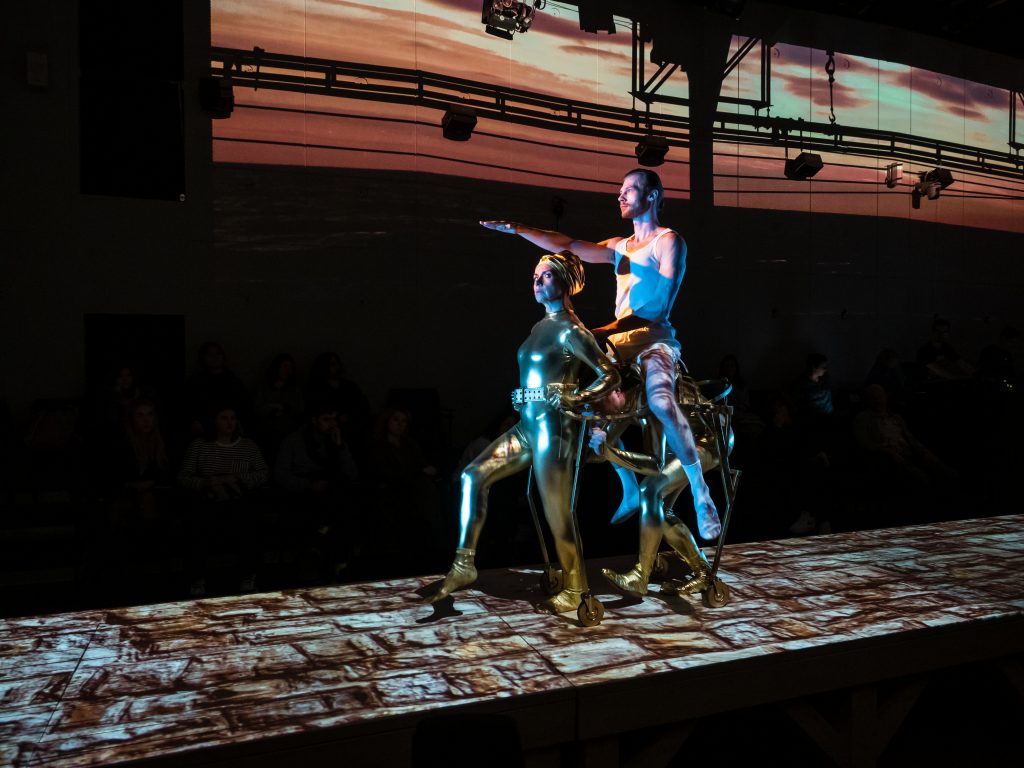
One of the most complex costumes that can be seen in the project is the centaur costume. It is intricately designed and contains a mechanism that moves on the car principle. The suit consists of a frame that is worn around the waist of one of the participants and into which another person fits.
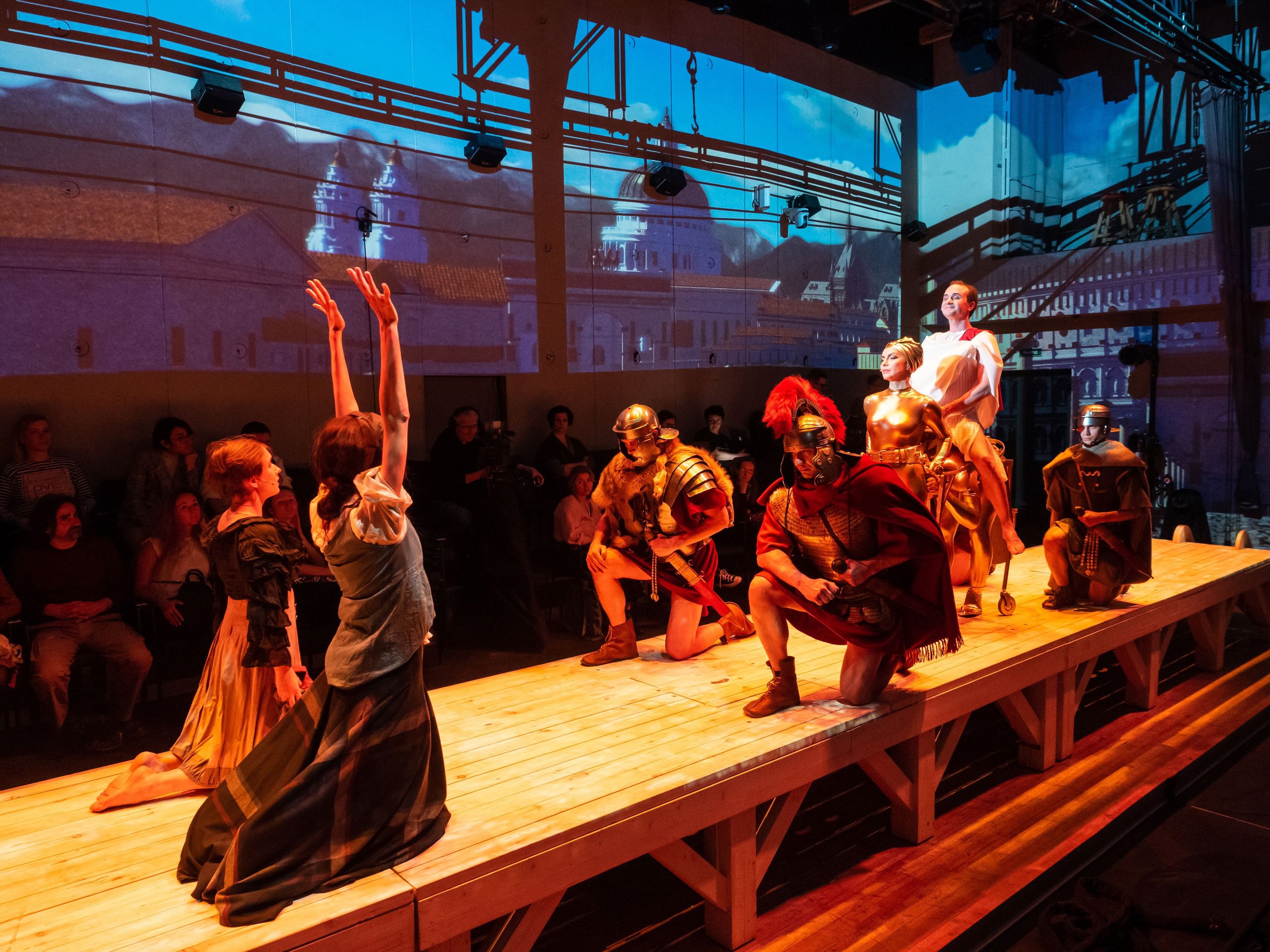
MIR-6 director, costume trainee Anya Sholokhovich: “Some directors and actors of the workshop, in addition to creating their own modules, also led the orientation throughout the entire production of the project. I was responsible for the costumes. Many problems were solved on the spot, most things were redone as soon as the picture was put together. There was plenty of “room” and freedom for artistic solutions in everything.”
tableware production
The first evening of the project begins with a ritual action: a group dressed as “tough young men” places Italian dishes on a long podium covered with a white tablecloth.
Food is one of the fundamental elements of the composition of the first act. Artist Anya Molkanova, who worked on its production, says that these “objects” on the table lost their daily functions and became part of the ritual taking place on stage.
Participants made their own dishes by pouring liquid clay into plaster molds, a standard method for producing tableware on an industrial scale. In total, more than 120 objects were prepared for the shows. At the end of the game, all the plates will be crushed into dust by the barbarian characters passing over the table.
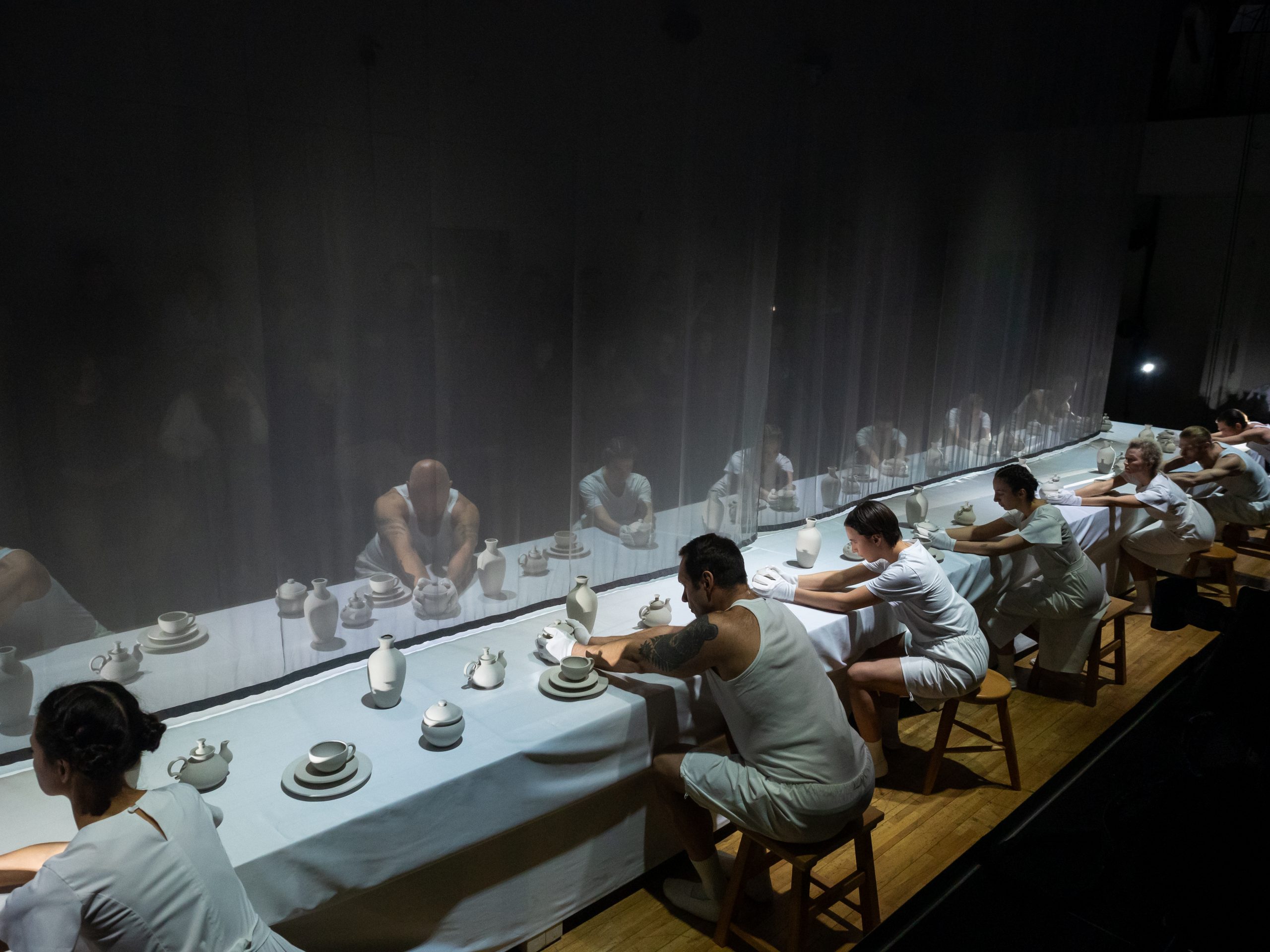
MIR-6 director Anya Molkanova, artist: “Initially, the idea came to me to change the landscape of the table after the barbarians passed over it. I wanted to make it unrecognizable and solve it in a way that was more complex than walking on plates and crushing food. And then came the idea of the plate trick.
In the first two cycles of shows, everything was done on a rush basis and was ready in about a day, or even the day of the show. I would come every morning before the evening shows and spend the whole day making objects.
Despite the intense work, the objects have an equally voluminous stage life, which requires great participation and concentration from everyone on stage. “This process is very similar to a clock mechanism, where the work of each element is necessary for the correct passage of time, in our case, the course of motion in space-time.”
Music
The musical design of the performance was prepared at the first stage of preparation of the work. At the center of the musical design was the opera “Transit” based on the text of the poet Olga Sedakova, created by composers Sofia Bayramova and Vyacheslav Sysoev. The entire project also includes music by Andrey Usikov and Anton Kosimov.
Vlad Skripko, director of MIR-6: “Initially I was a sound engineer at Electrotheater, and three years later I took lessons from Boris Yuryevich. I was lucky enough to work on “Orphic Games” (a new procedural project of the Stanislavsky Electrotheater in 33 acts in 12 performances), for which I worked on the musical scores. This was my experience working on “Orphic Games”, which I later used in my work on the WORLD OF ROME project.”
Wolves howl in the electric theater
The projects of Individual Guidance Workshop “Orphic Games”, “Golden Donkey” and ROMAN WORLD graduates form a kind of triptych. They are united not only in terms of lead time and scale of projects, but also in terms of robust design. In the “Orpheus Games”, swans were flying away, radio-controlled mechanisms with speakers inside were floating across the stage, and a donkey’s scream was heard in “The Golden Donkey”. ROMAN WORLD has special theatrical calls: before the performance you will hear the howls of wolves (or she-wolves), the symbol of the whole project.
Creating soundscape during performance
In addition to two composers (Vladimir Gorlinsky and Kirill Shirokov), five HSE students participated in the work on the musical part of the project under the guidance of sound designer and sound engineer Grigory Shmidko.
Vlad Skripko, director of MIR-6: “These are warriors who create music precisely here and now. For example, a request came from the director: “I need a dead square in Rome.” But this is not in the score. They quickly created this in several versions during rehearsal.
“There was this story: We were doing the show “Child”, where everything was enough in music, but the music was lifeless. The idea arose that the already finished material could be animated by the screams and giggles of children, which seemed to spread on the walls and create the feeling of being on the playground. “One of the sound designers was able to quickly solve this difficult problem during rehearsal.”
Multi layered
The WORLD OF ROME project is based on the tragedies of Shakespeare’s Roman period. At the same time, the project itself is multi-layered and, according to the participants, creates a separate multiverse in which seemingly incompatible details and characters exist quite naturally and organically. Thus, the scene includes three little pigs and Roman legionnaires, elements of the script of a Chinese theater and the transformation of the venue into a restaurant with a kitchen where a chef grills steaks live, and the heroes of the play “Antony”. and Cleopatra” portrays dialogues about love in the style of Italian cinema.
italian courtyard
“Path. There is a movie set within the game at 4pm. The night’s set design looks like an attempt to recreate the Italian setting: laundry is hung in long lines, and the Italian language can be heard in the expressive conversations of the actors.
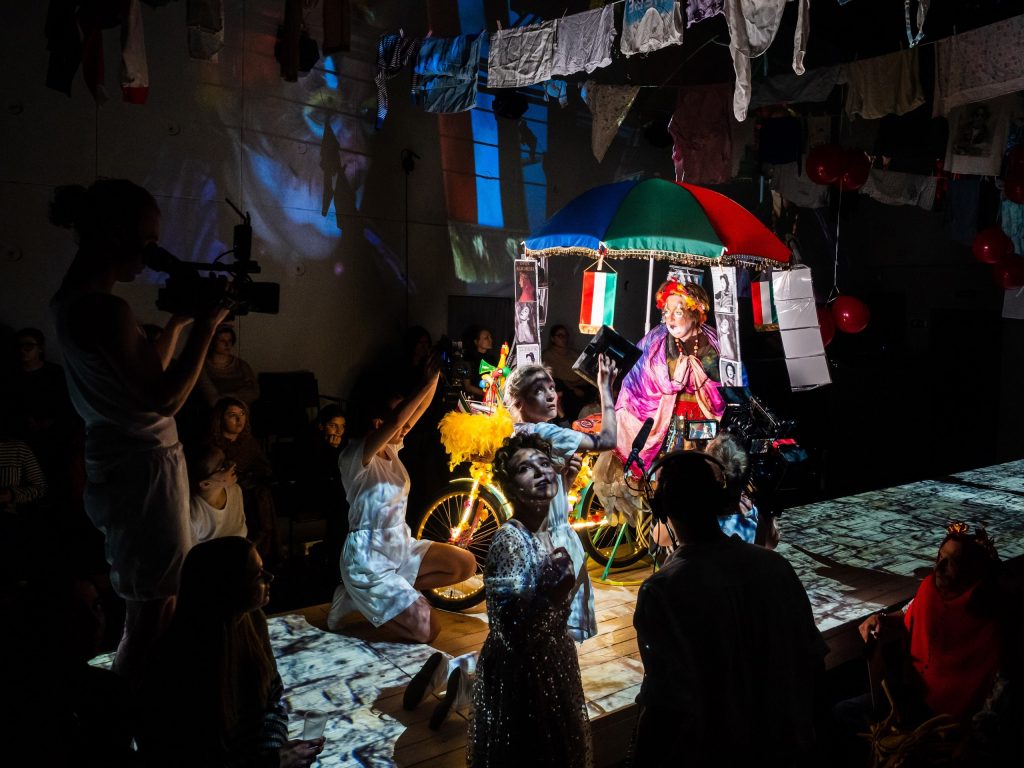
In this atmosphere, short scenes from Shakespeare are played on the balconies, and Anthony in Shakespeare’s play becomes “Antonio”.
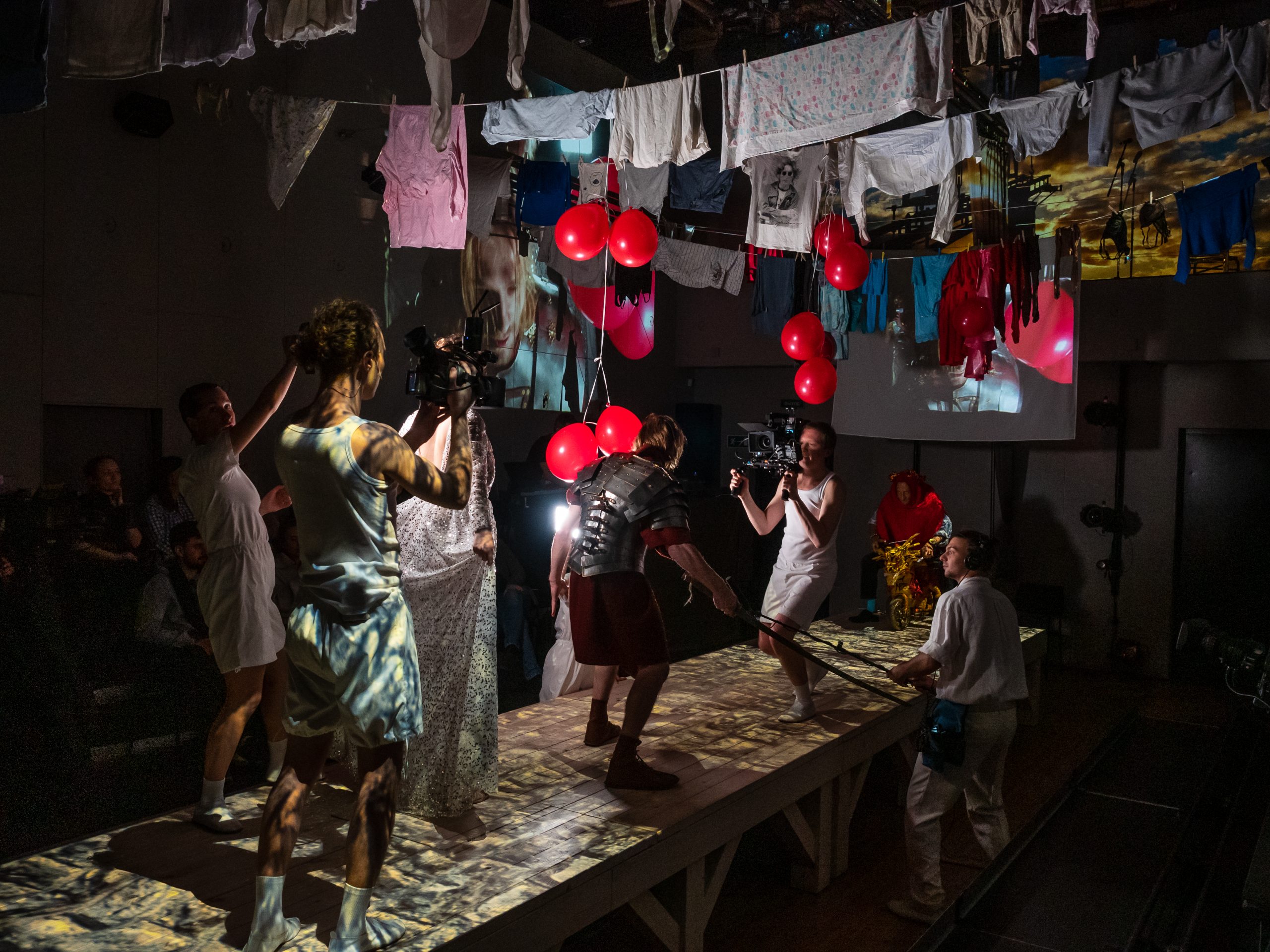
Within the play, the stage suddenly turns into a movie set with its own director, cameramen and even fireworks. During the performance, the plot of the action is filmed and the recordings are broadcast on the screens, making the picture of what is happening multidimensional.
chinese theater
The two evenings of the project were performed in Chinese theater style; Here, through the hierarchical structure, rituals, gestures and intonations specific to the Eastern tradition, the project participants evaluated two alternative empires – East and West.
The performances used special scripts and choreographic solutions: ritual Chinese dance of the “Dragon” or “Snake”, fighting with sticks in the style of Chinese martial practices, staged by actor Ivan Kotik (who worked with Jackie Chan for a long time) and recitation of dialogues from the play “Coriolanus” in folk costumes .
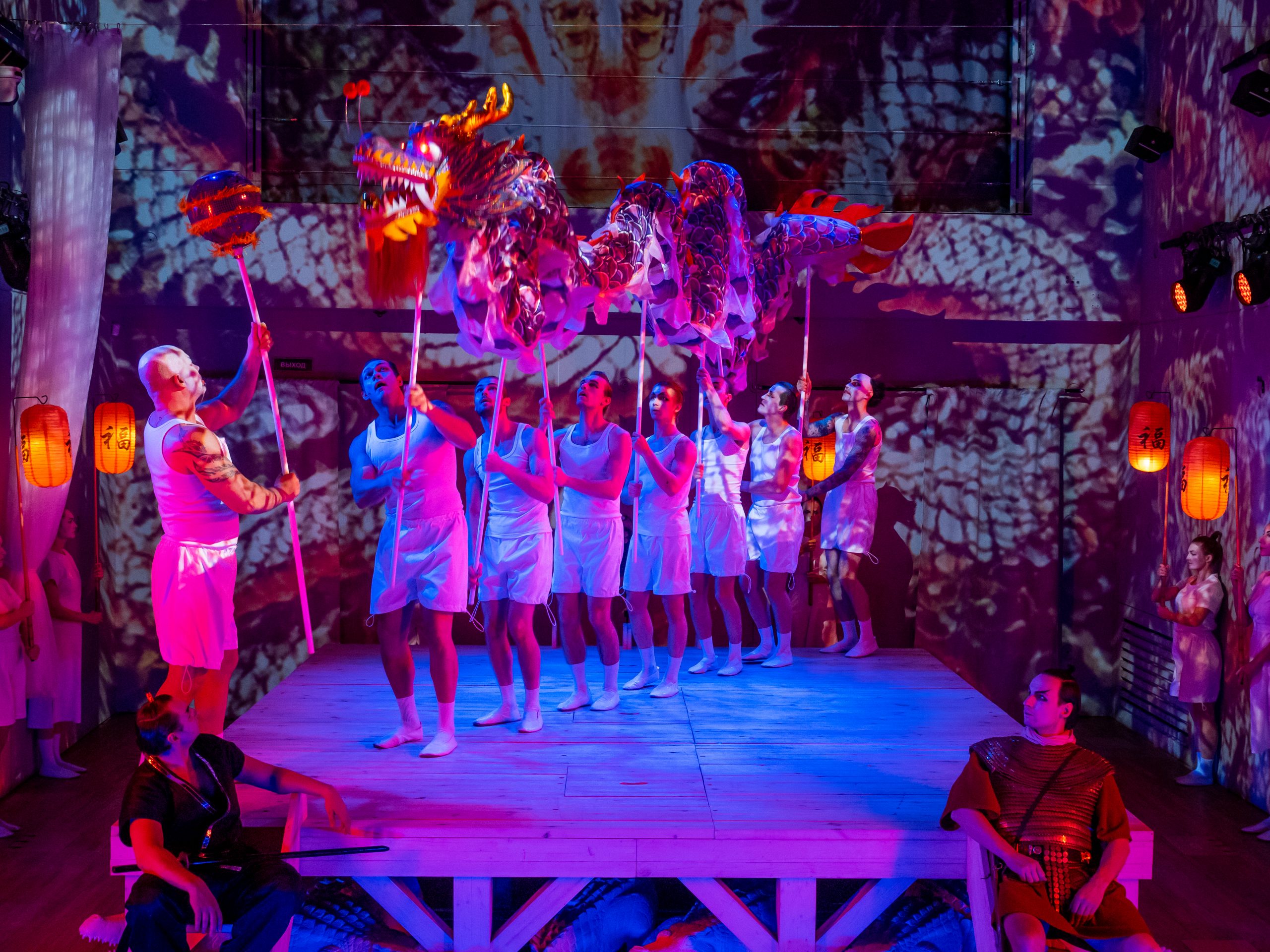
Yulya Mashukova, director of MIR-6: “One of the directors’ tasks was to monitor 60-episode Chinese TV series on fantasy and historical themes: “Langya List”, “Spy Princess”, etc. I chose “Eastern Odyssey”. Through dramas, we studied how social classes in China interacted, how young people related to older people – in fact, we extracted from there all the concepts that remained in the empire. They noted external qualities, watched the actors’ performances and fight scenes. We were interested in science fiction because we also have a fantasy multiverse, and of course the historical aspect played a huge role there as well. Boris Yuryevich told us that dramas are not underground or pop, but “civilization”, a kind of golden mean. And reaching this golden mean is crucial in your career and, in principle, in your destiny.”
Source: People Talk
Errol Villanueva is an author and lifestyle journalist who writes for The Fashion Vibes. With a passion for exploring the latest trends in fashion, food, travel, and wellness, Errol’s articles are a must-read for anyone interested in living a stylish and fulfilling life.

